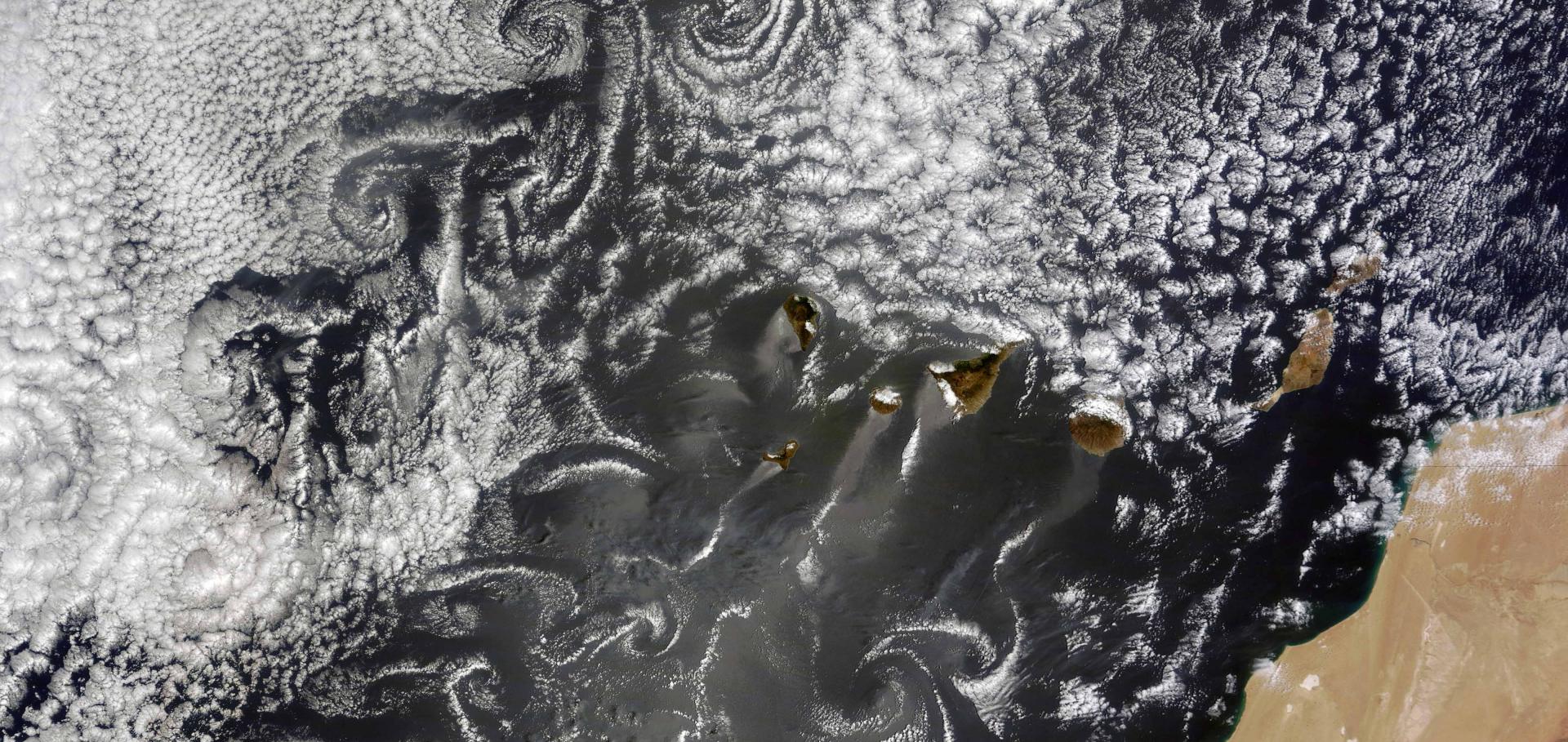Using Non-Linear Causal Models to Study Aerosol-Cloud Interactions in the Southeast Pacific
(2021)
Aerosol absorption in global models from AeroCom phase III
Atmospheric Chemistry and Physics European Geosciences Union 21:20 (2021) 15929-15947
Abstract:
Aerosol-induced absorption of shortwave radiation can modify the climate through local atmospheric heating, which affects lapse rates, precipitation, and cloud formation. Presently, the total amount of aerosol absorption is poorly constrained, and the main absorbing aerosol species (black carbon (BC), organic aerosols (OA), and mineral dust) are diversely quantified in global climate models. As part of the third phase of the Aerosol Comparisons between Observations and Models (AeroCom) intercomparison initiative (AeroCom phase III), we here document the distribution and magnitude of aerosol absorption in current global aerosol models and quantify the sources of intermodel spread, highlighting the difficulties of attributing absorption to different species. In total, 15 models have provided total present-day absorption at 550 nm (using year 2010 emissions), 11 of which have provided absorption per absorbing species. The multi-model global annual mean total absorption aerosol optical depth (AAOD) is 0.0054 (0.0020 to 0.0098; 550 nm), with the range given as the minimum and maximum model values. This is 28 % higher compared to the 0.0042 (0.0021 to 0.0076) multi-model mean in AeroCom phase II (using year 2000 emissions), but the difference is within 1 standard deviation, which, in this study, is 0.0023 (0.0019 in Phase II). Of the summed component AAOD, 60 % (range 36 %–84 %) is estimated to be due to BC, 31 % (12 %–49 %) is due to dust, and 11 % (0 %–24 %) is due to OA; however, the components are not independent in terms of their absorbing efficiency. In models with internal mixtures of absorbing aerosols, a major challenge is the lack of a common and simple method to attribute absorption to the different absorbing species. Therefore, when possible, the models with internally mixed aerosols in the present study have performed simulations using the same method for estimating absorption due to BC, OA, and dust, namely by removing it and comparing runs with and without the absorbing species. We discuss the challenges of attributing absorption to different species; we compare burden, refractive indices, and density; and we contrast models with internal mixing to models with external mixing. The model mean BC mass absorption coefficient (MAC) value is 10.1 (3.1 to 17.7) m2 g−1 (550 nm), and the model mean BC AAOD is 0.0030 (0.0007 to 0.0077). The difference in lifetime (and burden) in the models explains as much of the BC AAOD spread as the difference in BC MAC values. The difference in the spectral dependency between the models is striking. Several models have an absorption Ångstrøm exponent (AAE) close to 1, which likely is too low given current knowledge of spectral aerosol optical properties. Most models do not account for brown carbon and underestimate the spectral dependency for OA.Forcing convection to aggregate using diabatic heating perturbations
Journal of Advances in Modeling Earth Systems American Geophysical Union 13:10 (2021) e2021MS002579
Abstract:
Tropical deep convection can aggregate into large clusters, which can have impacts on the local humidity and precipitation. Sea surface temperature (SST) gradients have been shown to organize convection, yet there has been little work done to investigate the impact of diabatic heating perturbations in the atmosphere on the aggregation of convection. Here we investigate how anomalous diabatic heating of the atmospheric column, through an idealized aerosol plume, affects the existence and mechanisms of convective aggregation in non-rotating, global radiative-convective equilibrium simulations. We show that the aerosol forcing has the ability to increase the degree of aggregation, especially at lower SSTs. Detailed investigation shows that the diabatic heating source incites a thermally driven circulation, forced by the shortwave perturbation. The increase in aggregation is caused in part by this circulation, and in part by the longwave heating anomalies occurring due to the surface convergence of moisture and convection. At higher SSTs, longwave feedbacks are crucial for the aggregation of convection, even with the shortwave heating perturbation. At lower SSTs, convection is able to aggregate with the shortwave perturbation in the absence of longwave feedbacks. These perturbations provide a link to studying the effects of absorbing aerosol plumes on convection, for example during the Indian monsoon season. We argue that, as there is aggregation for plumes with realistic aerosol absorption optical depths, this could be an analogue for real-world organization in regions with high pollution.Decomposing Effective Radiative Forcing Due to Aerosol Cloud Interactions by Global Cloud Regimes
GEOPHYSICAL RESEARCH LETTERS 48:18 (2021) ARTN e2021GL093833


